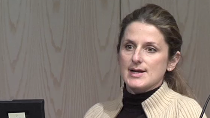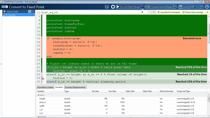Labeling Lidar Point Clouds for Object Detection
Use the Lidar Labeler app in Lidar Toolbox™ to label lidar point clouds for object detection—an essential step in a deep learning workflow for autonomous driving and robotics applications. The app enables manual labeling of objects in the point cloud with oriented bounding boxes and labeling automation using inbuilt and custom automation algorithms.
Published: 7 Nov 2021





